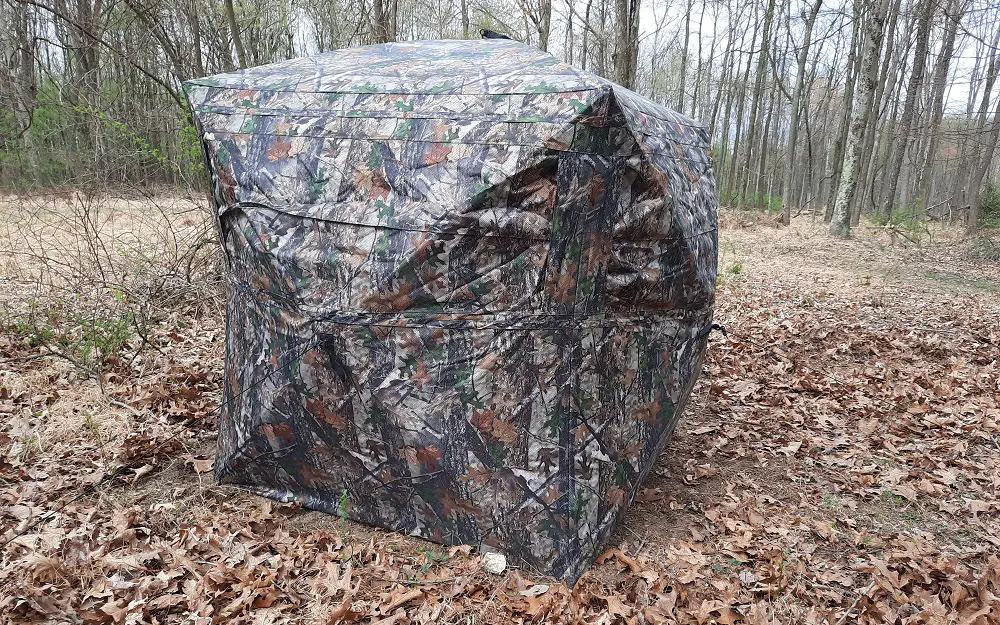How effective is modern TSS turkey ammo in the hands of the average hunter with the average choke tube? Is TSS always better than lead and worth the extra cost? How far out is TSS turkey ammo effective for turkey hunting? What is the maximum range for tungsten super shot turkey loads? In this episode I answer all of these questions and more, with actual data from my own testing.
I recently tested seven different brands of TSS turkey hunting ammo as well as several brands of lead turkey ammo and put together a large overarching analysis of the marketplace, including Federal Premium TSS, HEVI-Shot HEVI-18, Remington Premier TSS, Fiocchi Golden Turkey TSS, Herters TSS, APEX TSS, and BOSS Tom TSS. I have also recently tested Winchester Longbeard XR, Remington Nitro Turkey, and numerous others.
I have done test videos at 50 yards and 100 yards with all the TSS loads, including ballistics gel testing. I will not get into all the details and minutia here in these show notes, but I will share one chart below along with the key take aways from numerous test.

Here are several key take aways from this testing.
First, the most expensive TSS loads were not the best performers, not even close. In fact, lead outperformed some of the more expensive loads under the conditions and at the ranges tested.
Second, some of the cheapest loads produced amazing results, above and beyond the call of duty with only average choke tubes and setups.
Third, depending on the brand and choke combo, you would get better results from lead ammo, thus totally nullifying any reason to use the TSS. However, the opposite is also sometimes true. Some brands produced results that were so great you could tailor the load to any hunting situation with unparallelled performance.
Fouth, TSS may or may not be worth paying for depending on your objectives and hunting situation. Tungsten super shot is potent stuff but for close range hunting, it provides few advantages to lead, especially considering the incredible cost.
Fifth, hunters tend to over choke their ammo, primarily TSS. This results in spending way too much money to find the best possible combination of ammo, choke, and shotgun in order to get maximum pattern density at long range. The issue is that most turkeys are not shot at long range, and hunters are missing too many short shots with the hope of making a rare long shot.
Sixth, the greatest value of TSS turkey hunting ammo is that it provides the most margin of error at the greatest span of effective ranges, perhaps 20 yards to 60 yards. Lead can be geared for short, medium, or long range, but an average turkey choke enables TSS to be viable at all three. Yet most hunters are choking only for ultra long range which is not ideal for maximizing your ability to capitalize on the greatest possible number of hunting opportunities.
Seventh, nothing is effective at 100 yards, it is an utter waste of time. Don’t attempt crazy shots like this, it’s a waste of money at best, and something that may wound turkeys at worst. But it is not going to kill turkeys, there is not enough ballistic energy left to do it. And if you use larger shot, there isn’t enough pattern density left to even hit the birds.
Listen to this whole podcast episode AND watch the videos for all the data and insights.

